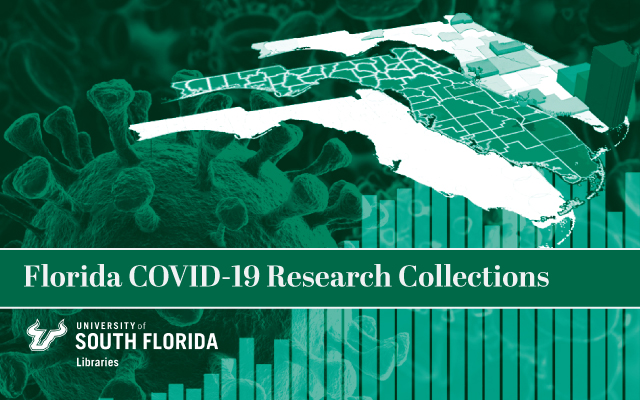
All publications
Epidemiology of SARS-CoV-2 Antibodies Among Firefighters/paramedics of a US Fire Department: A Cross-sectional Study
Document Type
Article
Publication Date
11-2020
Keywords
Adult, Allied Health Personnel, Antibodies, Viral, Betacoronavirus, COVID-19, COVID-19 Testing, Clinical Laboratory Techniques, Coronavirus Infections, Cross-Sectional Studies, Disease Outbreaks, Female, Firefighters, Florida, Humans, Immunoglobulin G, Immunoglobulin M, Influenza Vaccines, Male, Middle Aged, Occupational Exposure, Pandemics, Pneumonia, Viral, Population Surveillance, Prevalence, Risk Factors, SARS-CoV-2, Seroepidemiologic Studies, Workplace, Young Adult
DOI
https://doi.org/10.1136/oemed-2020-106676
Abstract
Objectives: We estimate the point seroprevalence of SARS-CoV-2 antibodies in the frontline firefighter/paramedic workforce of a South Florida fire department located in the epicentre of a State outbreak.
Methods: A cross-sectional study design was used to estimate the point seroprevalence of SARS-CoV-2 antibodies using a rapid immunoglobulin (Ig)M-IgG combined point-of-care lateral flow immunoassay among frontline firefighters/paramedics collected over a 2-day period, 16-17 April 2020. Fire department personnel were emailed a survey link assessing COVID-19 symptoms and work exposures the day prior to the scheduled drive-through antibody testing at a designated fire station. Off-duty and on-duty firefighter/paramedic personnel drove through the fire station/training facility in their personal vehicles or on-duty engine/rescue trucks for SARS-CoV-2 antibody testing.
Results: Among the 203 firefighters/paramedics that make up the fire department workforce, 18 firefighters/paramedics (8.9%) tested positive for SARS-CoV-2 antibodies, of which 8 firefighters/paramedics (3.9%) were IgG positive only, 8 (3.9%) were IgM positive only and 2 (0.1%) were IgG/IgM positive. The positive predictive value (PPV) of the serological test is estimated to be 33.2% and the negative predictive value is 99.3%. The average number of COVID-19 case contacts (ie, within 6 feet of an infected person (laboratory-confirmed or probable COVID-19 patient) for ≥15 min) experienced by firefighters/paramedics was higher for those with positive serology compared with those with negative (13.3 cases vs 7.31 cases; p=0.022). None of the antibody positive firefighters/paramedics reported receipt of the annual influenza vaccine compared with firefighters/paramedics who tested negative for SARS-CoV-2 antibodies (0.0% vs 21.0%; p=0.027).
Conclusion: Rapid SARS-CoV-2 IgM-IgG antibody testing documented early-stage and late-stage infection in a firefighter workforce providing insight to a broader medical surveillance project on return to work for firefighters/paramedics. Given the relatively low PPV of the serological test used in this study back in April 2020, caution should be used in interpreting test results.
Citation / Publisher Attribution
Occupational and Environmental Medicine, v. 77, issue 12, p. 857-861
Scholar Commons Citation
Caban-Martinez, Alberto J.; Schaefer-Solle, Natasha; Santiago, Katerina; Louzado-Feliciano, Paola; Brotons, Angel; Gonzalez, Marco; Issenberg, S. Barry; and Kobetz, Erin, "Epidemiology of SARS-CoV-2 Antibodies Among Firefighters/paramedics of a US Fire Department: A Cross-sectional Study" (2020). All publications. 43.
https://digitalcommons.usf.edu/usf_fcrc_all/43

